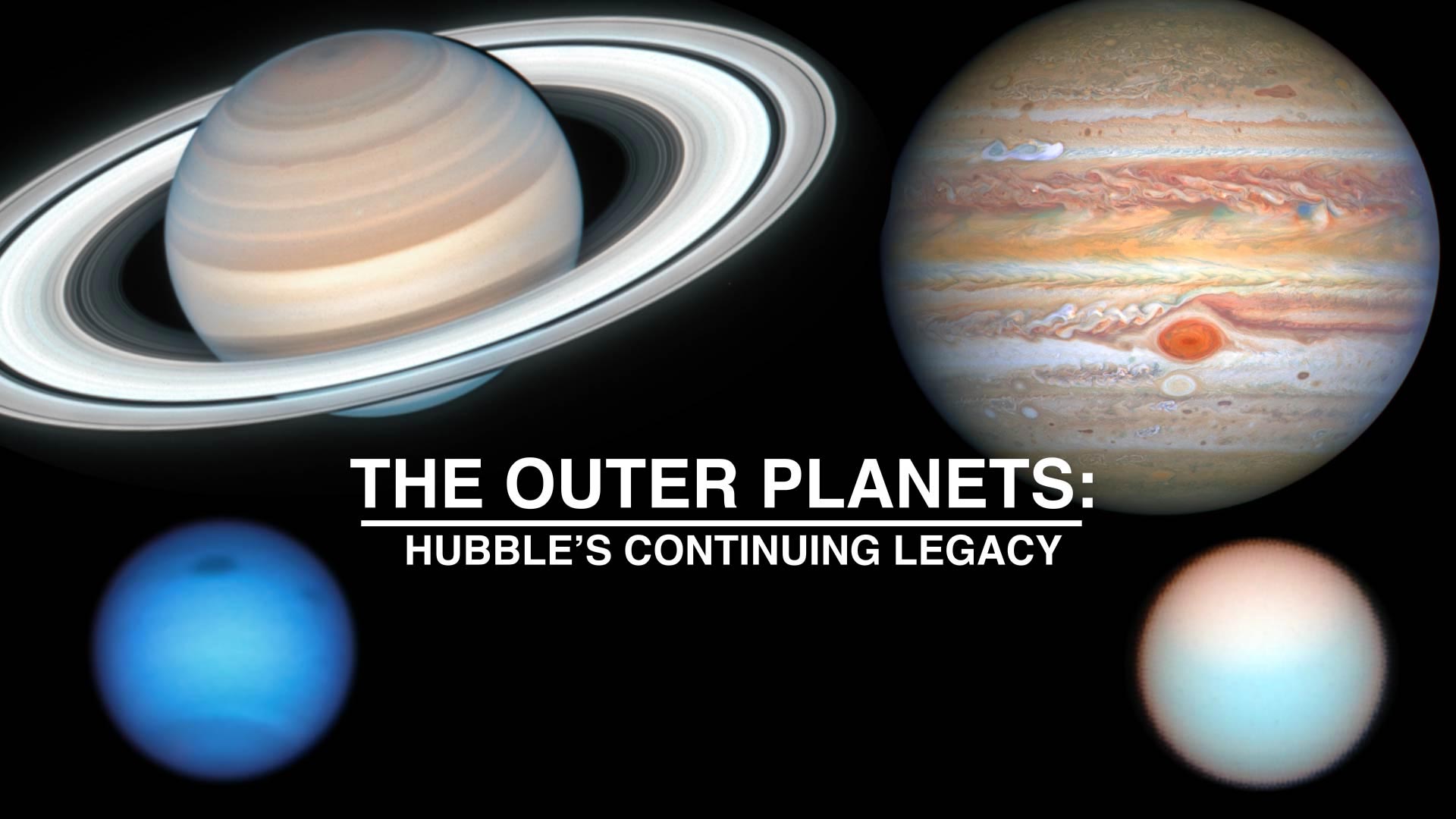



The bright haze in the sky in this photo comes from zodiacal dust, tiny bits of debris produced mainly by asteroids and comets. The team's results are published in the Publications of the Astronomical Society of the Pacific. Searching for exozodiacal dust is just one example of the promising potential scientific uses from Roman's Coronagraph Instrument that could follow its 18-month technology demonstration phase. "But if we do find this kind of dust, we can study it and learn all kinds of interesting things about its sources, like comets and asteroids in these systems, and the influence of unseen planets on its brightness and distribution. "If we don't find much of this dust around a particular star, that means future missions will be able to see potential planets relatively easily," said Ewan Douglas, an assistant professor of astronomy at the University of Arizona in Tucson and the lead author of a paper describing the results. In other planetary systems it's called exozodiacal dust and creates a haze that obscures our view of planets because it scatters light from the host star. Seen from a distance, it's the brightest thing in the solar system after the Sun. In our own solar system, zodiacal dust-small rocky grains largely left behind by colliding asteroids and crumbling comets-spans from near the Sun to the asteroid belt between Mars and Jupiter.


 0 kommentar(er)
0 kommentar(er)
